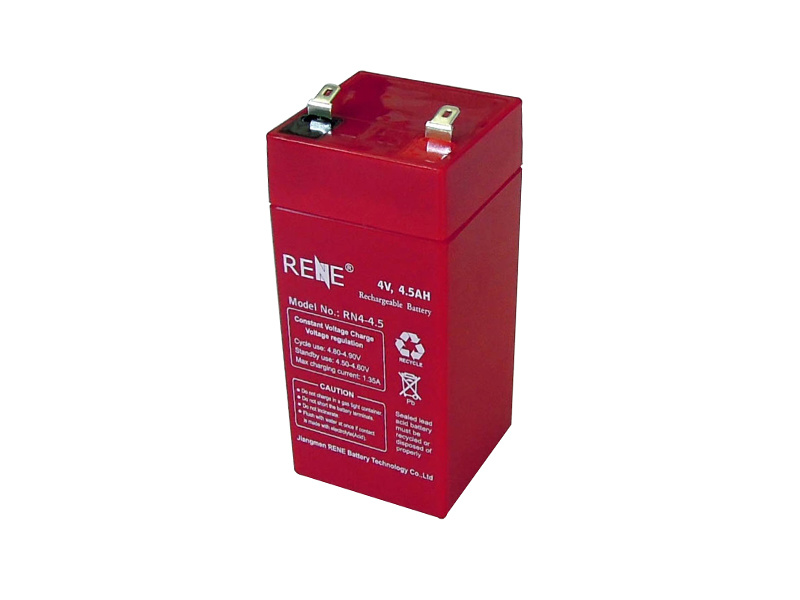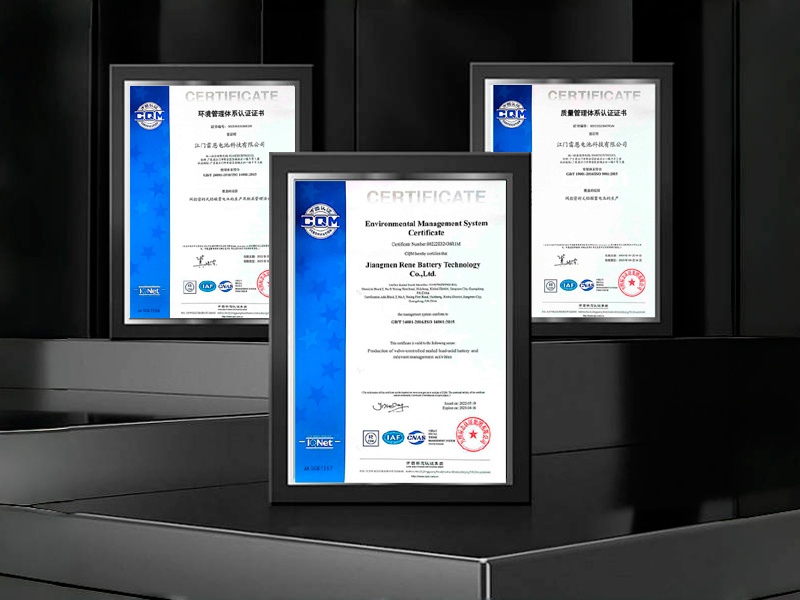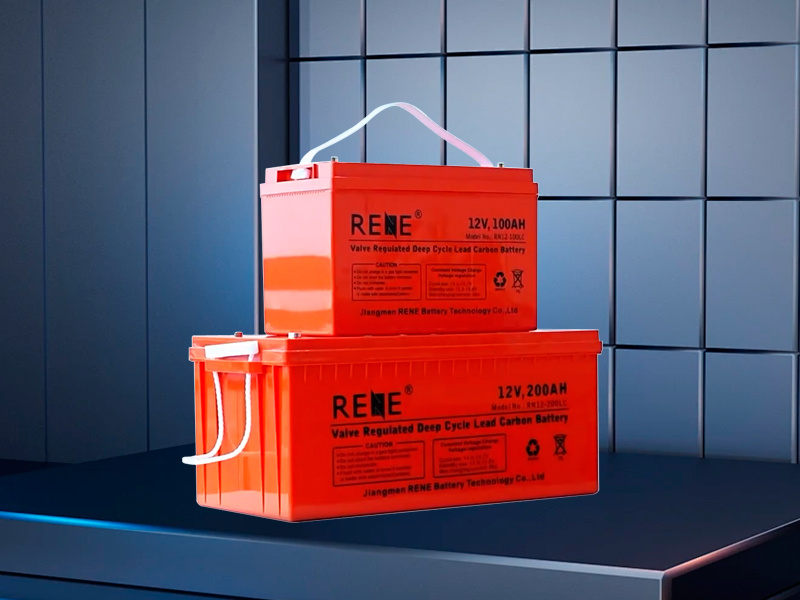Jiangmen Rene Battery Technology Co., Ltd.
Understanding VRLA Battery Factories: Innovations in Consumer Electronics
2025-07-24
VRLA, or Valve-Regulated Lead-Acid batteries, are a popular choice in the world of energy storage systems, especially within the consumer electronics sector. Understanding the workings of a VRLA battery factory can provide insights into how these batteries are produced and the technological advancements that make them efficient and reliable. At the heart of a VRLA battery factory lies the manufact

VRLA, or Valve-Regulated Lead-Acid batteries, are a popular choice in the world of energy storage systems, especially within the consumer electronics sector. Understanding the workings of a VRLA battery factory can provide insights into how these batteries are produced and the technological advancements that make them efficient and reliable.
At the heart of a VRLA battery factory lies the manufacturing process, which begins with the preparation of raw materials. The key components of VRLA batteries include lead, sulfuric acid, and other alloys, which are mixed to create the battery's electrodes and electrolyte. This process must adhere to strict quality control measures to ensure the longevity and performance of the batteries produced.
One of the significant advantages of VRLA batteries is their maintenance-free nature. Unlike traditional lead-acid batteries, VRLA batteries are sealed and do not require regular electrolyte checks or top-ups. This feature is particularly appealing in consumer electronics, where convenience is paramount. VRLA batteries are designed to withstand various environmental conditions, making them suitable for a wide range of applications, from portable devices to backup power supplies.
The production technology used in VRLA battery factories has evolved significantly over the years. Automation plays a crucial role in enhancing efficiency and accuracy during battery assembly. Advanced robotics and automated testing equipment ensure that each battery meets the rigorous standards set by the industry. This not only increases production speed but also minimizes human error, leading to higher quality products.
Additionally, VRLA batteries are designed to be environmentally friendly. The closed design minimizes the risk of acid leakage, and the materials used can often be recycled. This sustainability aspect is becoming increasingly important to consumers, who are looking for eco-friendly options in their electronic devices.
The demand for VRLA batteries continues to grow, fueled by advancements in technology and the proliferation of electronic devices. As the consumer electronics industry evolves, VRLA battery factories must adapt to new requirements, focusing on continuous improvement and innovation. This dynamic environment encourages the exploration of new materials and technologies that can further enhance battery performance.
In conclusion, VRLA battery factories play a vital role in the consumer electronics landscape. By understanding their manufacturing processes and the benefits they offer, consumers can make informed choices about the batteries powering their devices. As technology advances, the significance of these factories will only increase, ensuring that VRLA batteries remain a cornerstone of energy storage solutions.
At the heart of a VRLA battery factory lies the manufacturing process, which begins with the preparation of raw materials. The key components of VRLA batteries include lead, sulfuric acid, and other alloys, which are mixed to create the battery's electrodes and electrolyte. This process must adhere to strict quality control measures to ensure the longevity and performance of the batteries produced.
One of the significant advantages of VRLA batteries is their maintenance-free nature. Unlike traditional lead-acid batteries, VRLA batteries are sealed and do not require regular electrolyte checks or top-ups. This feature is particularly appealing in consumer electronics, where convenience is paramount. VRLA batteries are designed to withstand various environmental conditions, making them suitable for a wide range of applications, from portable devices to backup power supplies.
The production technology used in VRLA battery factories has evolved significantly over the years. Automation plays a crucial role in enhancing efficiency and accuracy during battery assembly. Advanced robotics and automated testing equipment ensure that each battery meets the rigorous standards set by the industry. This not only increases production speed but also minimizes human error, leading to higher quality products.
Additionally, VRLA batteries are designed to be environmentally friendly. The closed design minimizes the risk of acid leakage, and the materials used can often be recycled. This sustainability aspect is becoming increasingly important to consumers, who are looking for eco-friendly options in their electronic devices.
The demand for VRLA batteries continues to grow, fueled by advancements in technology and the proliferation of electronic devices. As the consumer electronics industry evolves, VRLA battery factories must adapt to new requirements, focusing on continuous improvement and innovation. This dynamic environment encourages the exploration of new materials and technologies that can further enhance battery performance.
In conclusion, VRLA battery factories play a vital role in the consumer electronics landscape. By understanding their manufacturing processes and the benefits they offer, consumers can make informed choices about the batteries powering their devices. As technology advances, the significance of these factories will only increase, ensuring that VRLA batteries remain a cornerstone of energy storage solutions.
Key words:














